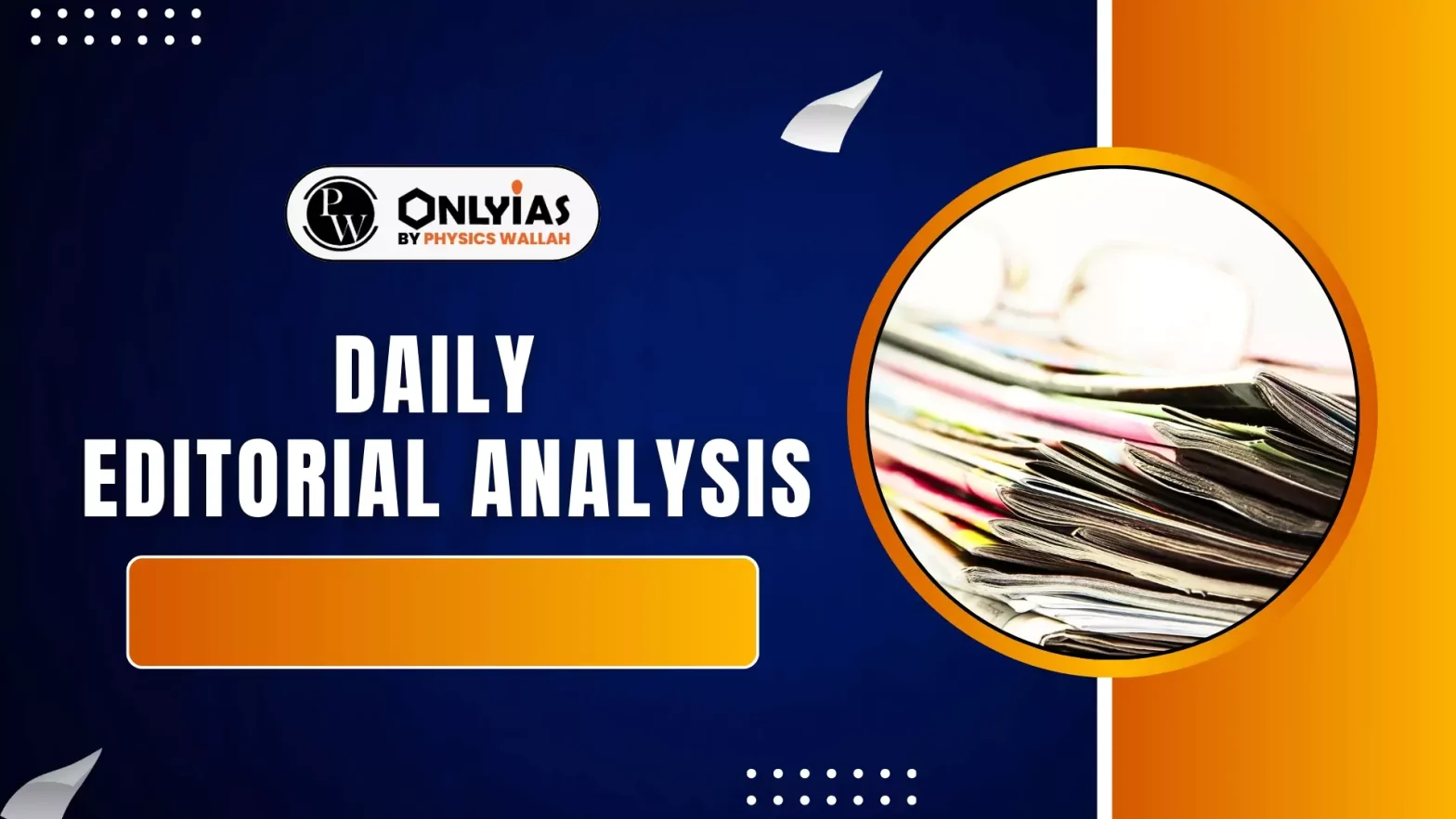In 1974, the Self Employed Women’s Association (SEWA) Bank was started in Gujarat. It marked the beginning of the microfinance institution (MFI) movement in India. This 50-year journey is a story of hope, struggle, and empowerment.
Background and Genesis
- Ela Bhatt’s Vision: Ela Bhatt, a lawyer working with the Ahmedabad Textile Labour Association, observed the struggles of self-employed women (e.g., street vendors, beedi makers) who lacked unions, organisations, social security, or job security.
- Formation of SEWA: In 1972, she founded the Self-Employed Women’s Association (SEWA) to organise these women for self-reliance and employment.
- This was a unique idea, as trade unions traditionally focused on factory workers.
- Problem Faced by self employed women: These self-employed women needed capital to start or expand their work but were denied loans by formal banks due to a lack of collateral.
- This forced them to borrow from moneylenders at exorbitant interest rates (200-300%), leading to severe debt traps.
- SEWA Cooperative Bank: Ela Bhatt realised the need for a bank that understood these women’s language and scale of work.
- This led to the establishment of the Shri Mahila Sewa Sahakari Bank (SEWA Cooperative Bank) in 1974.
- It was formed by 4,000 women each contributing ₹10.
- It was a “bank by the women, for the women, of the women,” formally registered under cooperative law and regulated by both RBI and the State Government.
- Its mission was to provide easy loans without collateral, encourage savings, and offer financial literacy to poor, self-employed women.
- This bank played a crucial role in freeing thousands of women from the grip of moneylenders and marked the beginning of the microfinance movement in India.
About Microfinance
- “Micro + Finance”: It refers to small financial services, typically small loans (e.g., ₹10,000-₹20,000), provided to low-income individuals or groups.
- Addressing Collateral Issues: Unlike large banks that require collateral, Microfinance Institutions (MFIs) offer loans without security, often to groups of women with joint liability.
- Holistic Support: MFIs go beyond just loans, offering training, facilitating deposits, and even providing insurance for small businesses, essentially acting as “small banks with big impact” for the poor.
Impact of the Microfinance Movement
- Poverty Alleviation:
- NABARD’s Role: NABARD provides refinance to institutions that further lend to the rural poor.
- Self-Help Group (SHG) Bank Linkage Program: This is the world’s largest microfinance program, which has benefited 17.8 crore households and 144 lakh SHGs.
- SHGs are groups (typically 8-10 women) who save and work together, enabling them to secure loans with joint liability.
- Entrepreneurship Promotion: Microfinance supports small businesses by providing working capital (e.g., thread for a sewing machine).
- Approximately 46% of microfinance loans go to families with an income of less than ₹2,000.
- Empowerment of Women: A remarkable 88% of SHGs linked with these banks are women-led, exemplified by initiatives like Kudumbashree, highlighting the significant empowerment of women through microfinance.
- Financial Inclusion: MFIs fill the gap left by large banks, bringing previously “financially invisible” families into the formal financial system.
- In the last decade, their client base has grown to 140 million families.
- Social Impact: Beyond financial services, MFIs like Ujjivan Small Finance Bank (through its “Chote Kadam” initiative) also contribute to social development, such as improving primary healthcare, based on the logic that healthy borrowers are more likely to repay loans.
Government Initiatives to Promote Microfinance
- Self-Help Group Bank Linkage Program: Encourages SHGs to form, produce, and access bank loans.
- Mudra Yojana: Provides microcredit up to ₹20 lakh without collateral for small businesses.
- NBFC-MFI Flexibility: RBI has allowed Non-Banking Financial Companies (NBFCs) to act as Business Correspondents (BC’s), extending banking services to remote areas.
- NABARD Refinance: NABARD provides low-cost loans to MFIs, enabling them to offer cheaper loans to the poor.
- RBI Framework (2022): RBI introduced a comprehensive framework in 2022, defining loan limits, repayment methods, and ethical recovery practices for MFIs to prevent exploitation.
Challenges
- Over-indebtedness: Borrowers often take loans from multiple MFIs leading to debt traps and sometimes suicides.
- Limited Scope: MFIs primarily focus on small business loans, often neglecting other crucial needs like housing or agricultural equipment.
- Low Financial Awareness: Many borrowers lack the financial literacy to manage their loans effectively.
- Regional Disparity: Microfinance has seen greater success in South India (e.g., Tamil Nadu, Kerala) compared to North India.
Measures that can Improve the Effectiveness of MFI
- Borrower Protection: Limit the number of lenders a single borrower can access to prevent over-indebtedness.
- Diversification of Services: Classify MFIs by sector (e.g., housing, agriculture, small businesses) to broaden their service offerings and meet varied borrower needs.
- Capacity Building: Actively provide financial literacy education, empowering borrowers to make informed financial decisions.
- Learning from Best Practices: There is a need to study and understand the functioning of successful models from southern states and replicate them in other regions for balanced development.
- Sustainability: Ensure that MFIs maintain their own profitability to remain viable while continuing to serve the poor.
- Technology Integration: Leverage mobile technology for loans and payments to enhance speed, transparency, and efficiency.
- Regulation: Strengthen RBI oversight to prevent exploitation, ensuring MFIs remain distinct from traditional moneylenders.
Conclusion
The microfinance movement has done commendable work till now. Balancing social impact with financial viability is key to making microfinance a true instrument of inclusive growth.
![]() 13 Sep 2025
13 Sep 2025

